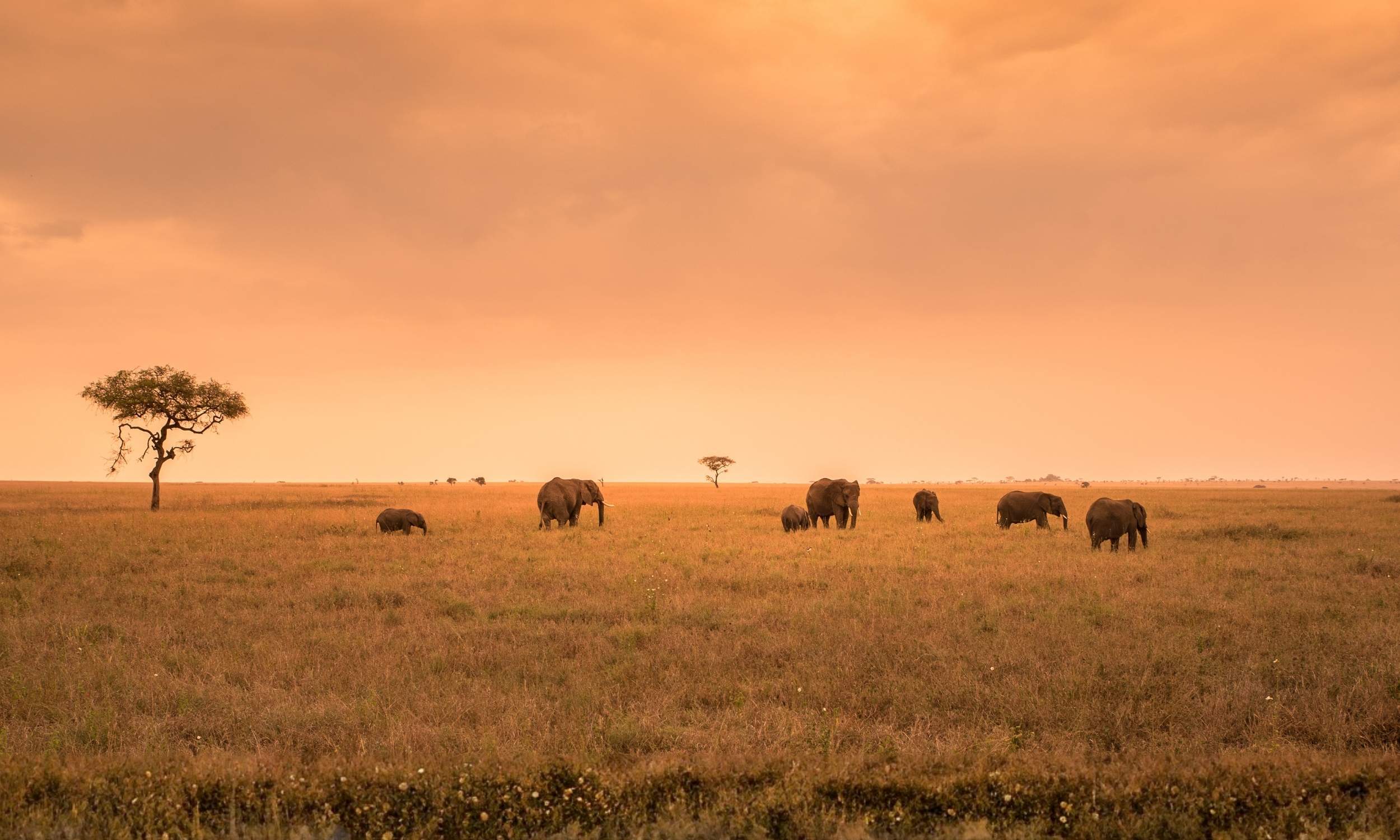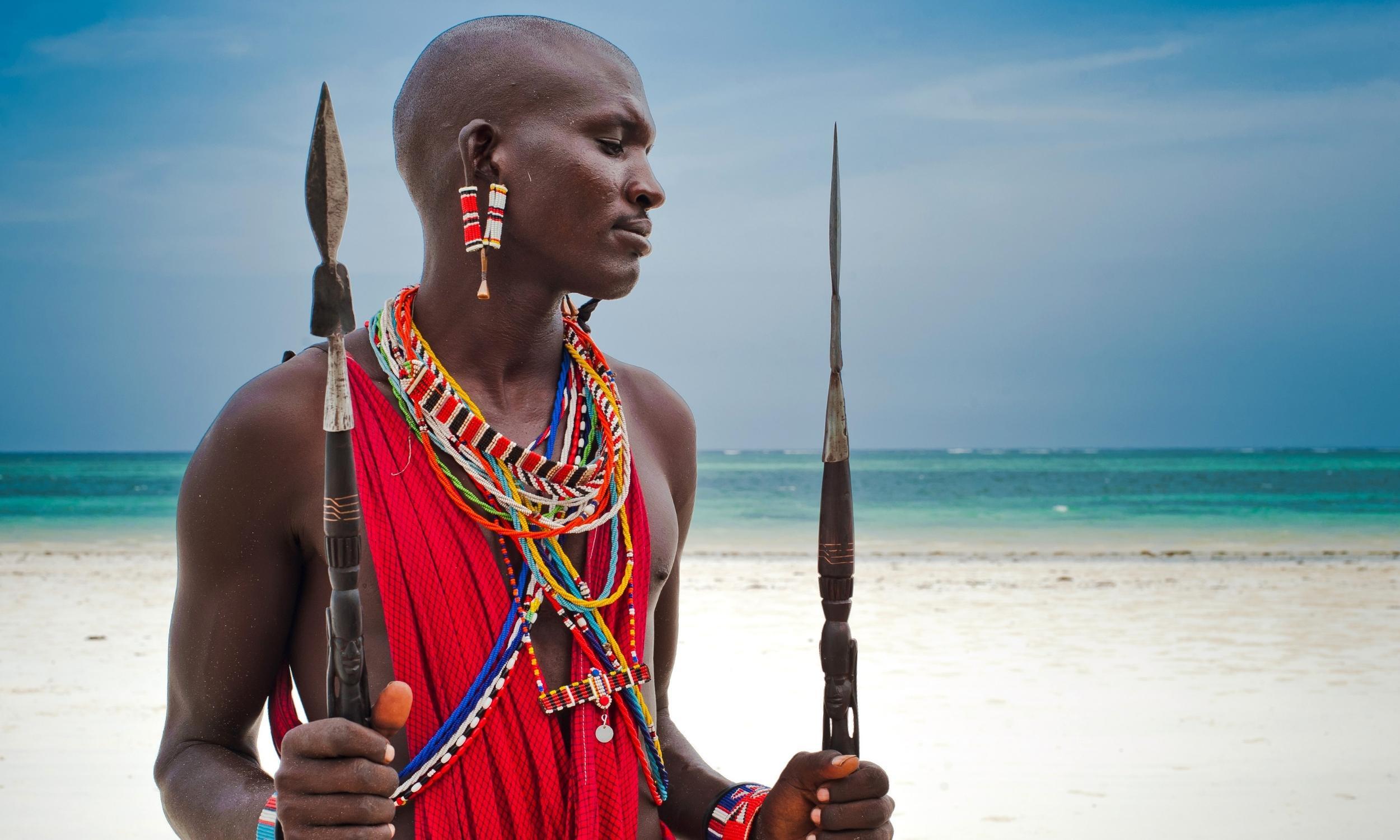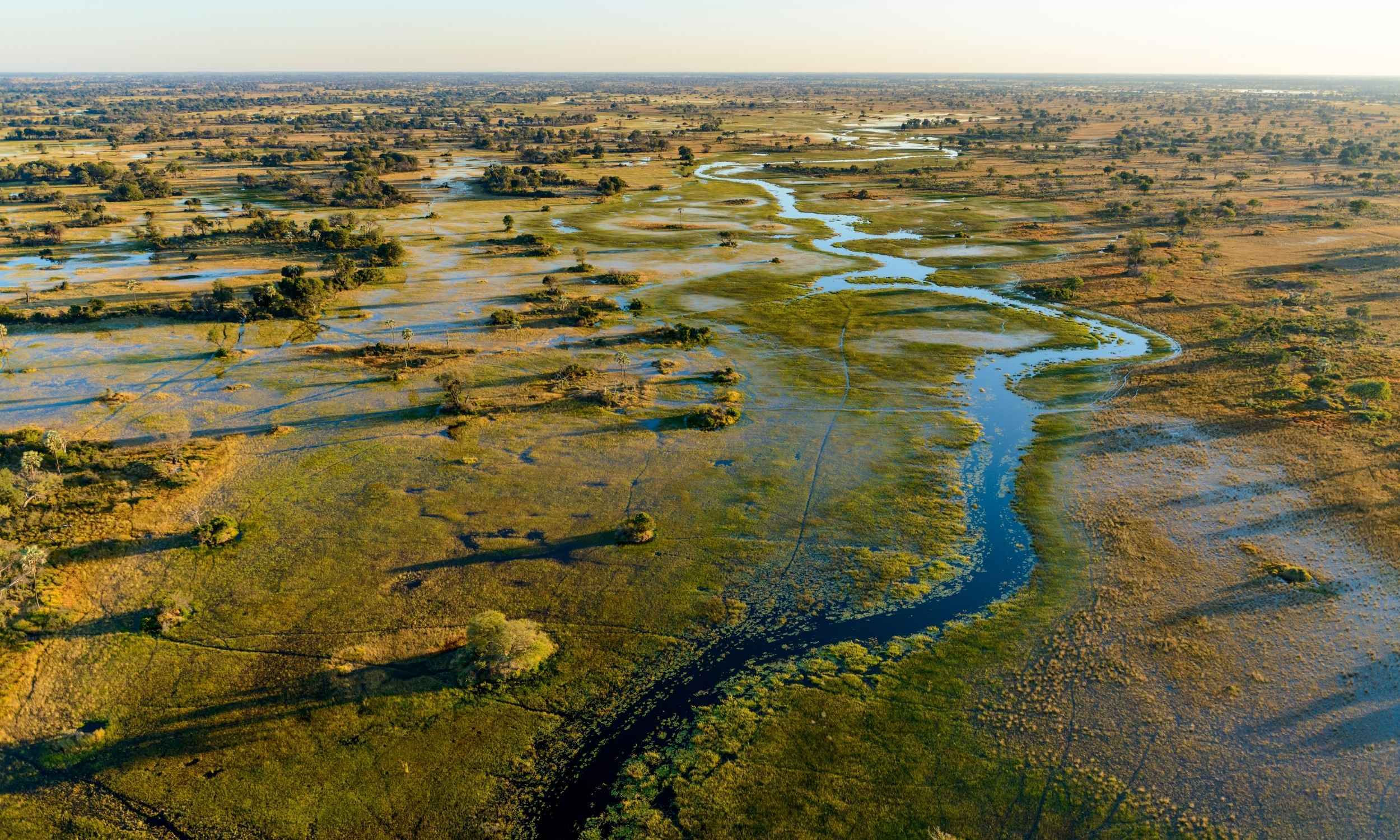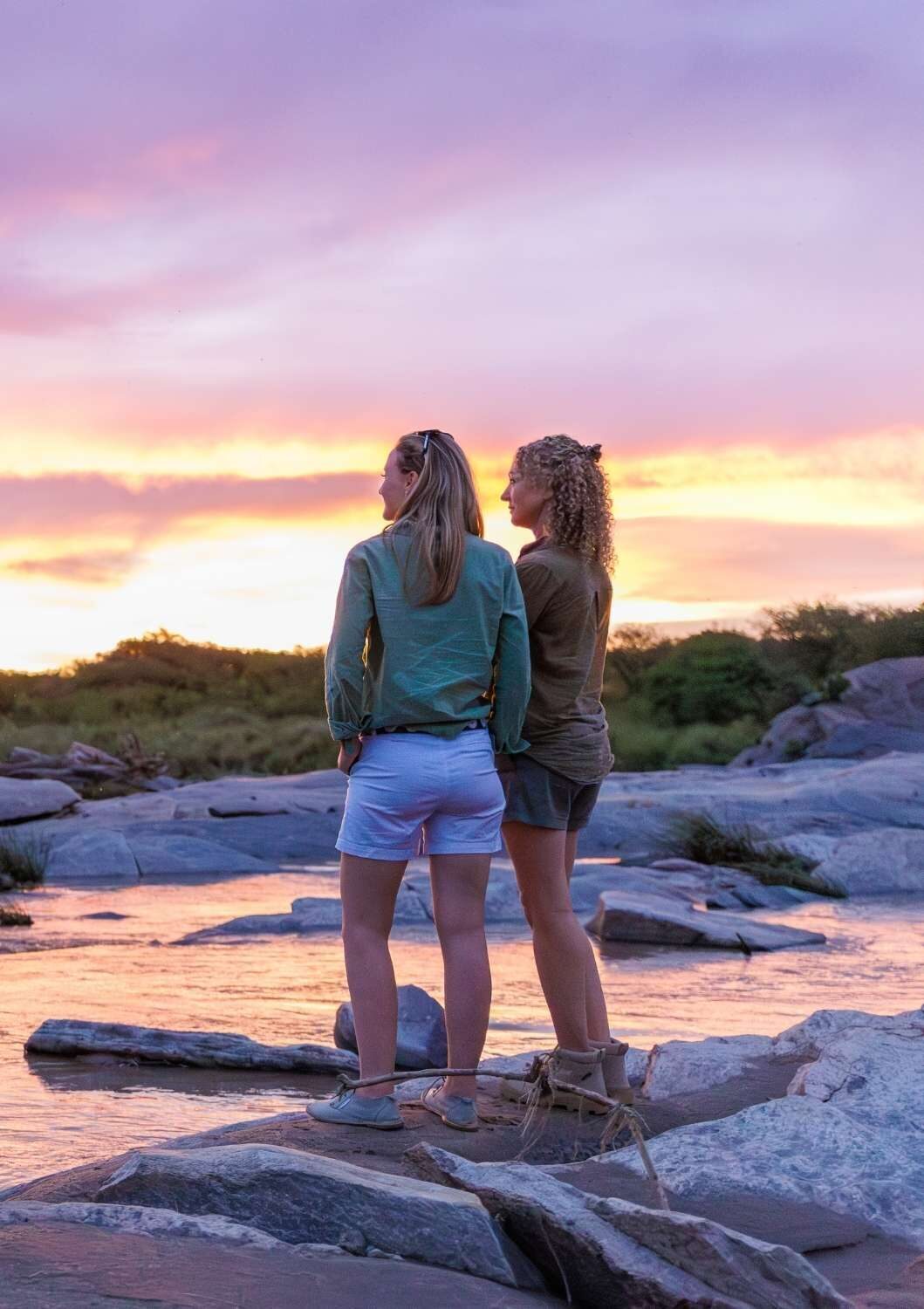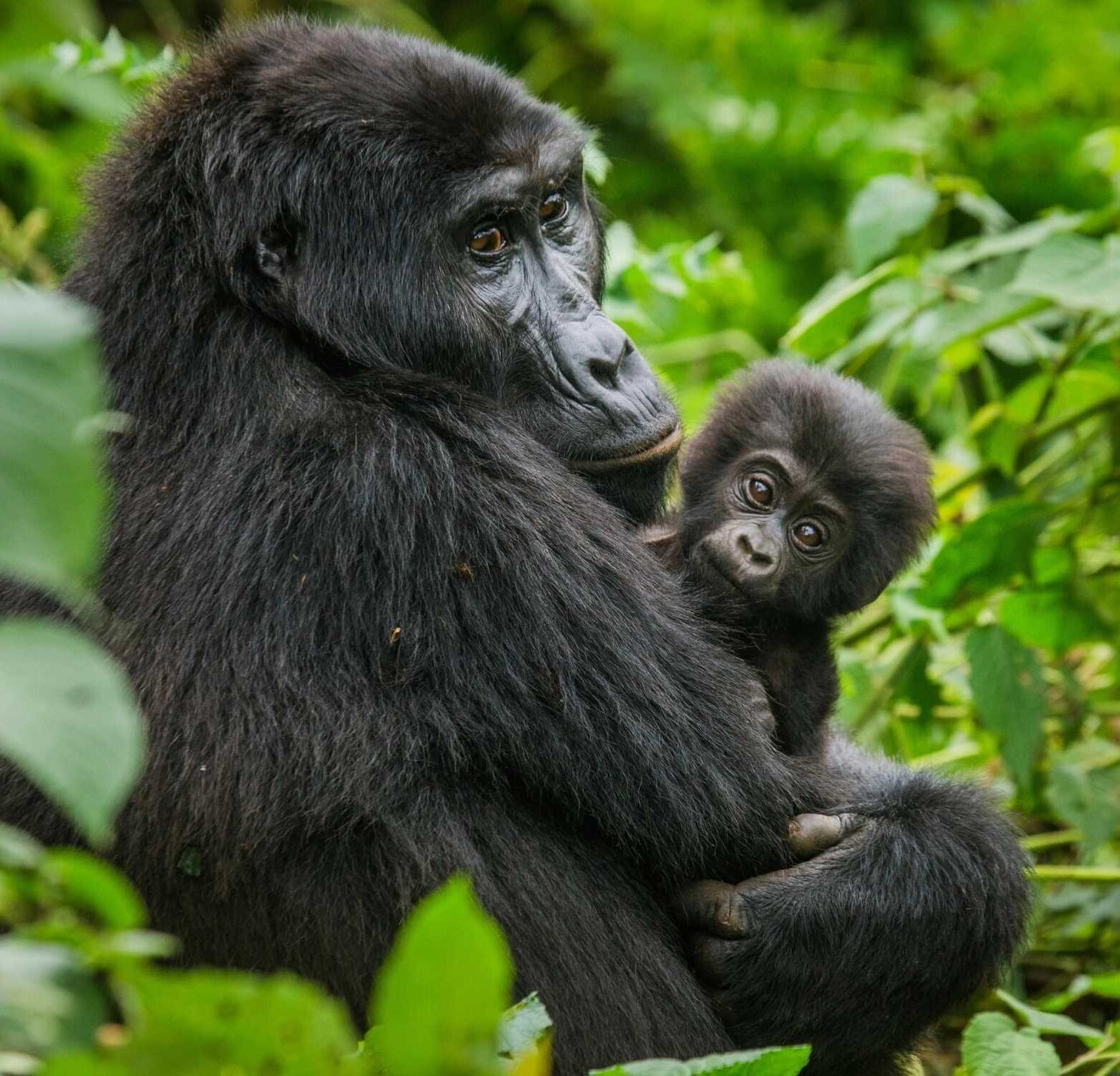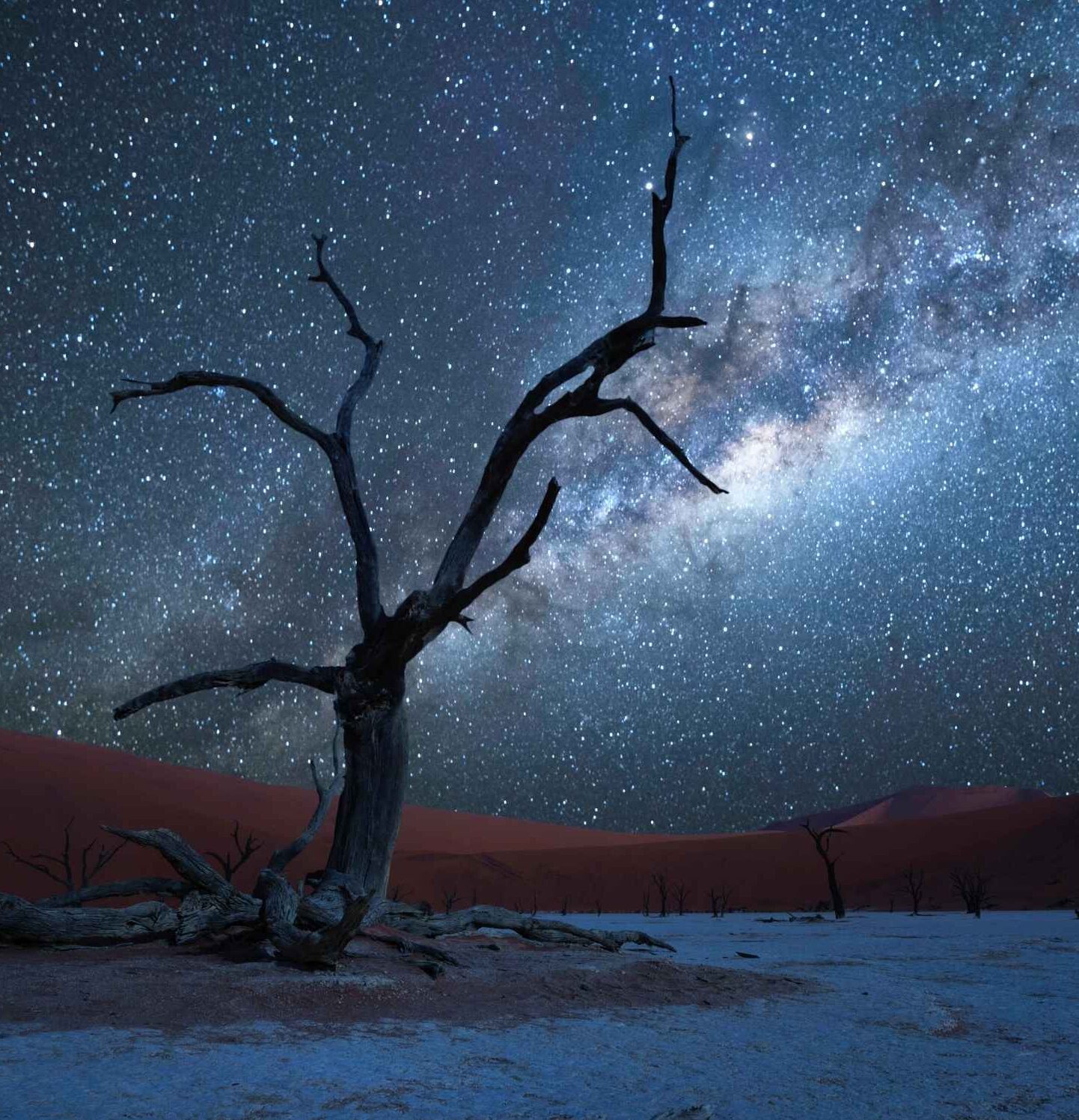
Victoria Falls
The Smoke That Thunders
Victoria Falls remains one of Africa’s great natural wonders, known for its vast curtain of water and the deep thunder that echoes through the surrounding wilderness. At one-and-a-half times wider and twice as high as Niagara Falls, its scale feels mythic, with more than 145 million gallons of water plunging over the basalt edge each minute during peak flow. The spray rises so high that it can be seen up to forty-three miles away when the Zambezi River is at its fullest.
What Makes Victoria Falls So Captivating?
Known locally as Mosi-oa-Tunya, the Smoke That Thunders, Victoria Falls invites you into a world shaped by water, light, and ancient geology. The falls are not the tallest or widest on earth, yet few places combine such power with such sensory depth. Mist rises like drifting smoke, rainbows arc through the spray, and the roar of the Zambezi becomes a constant, living presence.


What Can You Experience on the Zimbabwe Side?
A rainforest thrives along the edge of the falls, kept alive by the continuous mist. This is the only place in the world where it rains every day of the year. Wander the pathways and you find viewpoints framed by emerald leaves, each angle revealing another side of this remarkable waterfall.
During full moon, the park remains open for nighttime visits. In the luminous glow, you may see rare lunar rainbows known as moonbows. They appear as ghostlike bands of light suspended in the mist, a moment that feels quietly otherworldly.
Victoria Falls has also become a hub for active adventures. Whitewater rafting on the Zambezi, bungee jumping from the historic bridge, canoe outings, and scenic flights reveal the landscape from entirely different perspectives. Families, solo explorers, and multi-generational groups can each find experiences that feel considered and engaging.
Your Journey to Victoria Falls
What Is the Difference Between Victoria Falls, the Town, and the Waterfall?
The term “Victoria Falls” refers to both the waterfall itself and the town and National Park on the Zimbabwean side. The Zambian side is anchored by Livingstone, named for the Scottish explorer who first wrote about the falls in the nineteenth century.
The falls sit along the border of Zambia and Zimbabwe, dropping into the Batoka Gorge. The gorge and river connect the two countries and provide numerous vantage points for viewing the falls.

How Do You Travel Between Zimbabwe and Zambia?
The Victoria Falls Bridge spans the second gorge. Opened in 1905, it was once intended to be part of Cecil Rhodes’ Cape-to-Cairo railway route. Walking across the bridge offers sweeping views into the gorge, and adventurous travelers may choose to bungee from its center point. One of the most atmospheric ways to cross is aboard a vintage steam locomotive, which creates a sense of early-expedition romance as it travels toward the spray.

When Is the Best Time to Visit Victoria Falls?
To experience the falls at their most powerful, travel from February to May. The Zambezi River rises significantly after the rains in Angola, and the resulting flow creates enormous columns of mist. These months feel dramatic and energetic, often compared to standing inside a natural shower.
June to August offers a balanced blend of comfortable weather, strong water flow, and excellent conditions for combining Victoria Falls with nearby safari regions in Botswana, Zimbabwe, or Zambia. Expect warm days, cool nights, and rewarding wildlife encounters throughout Southern Africa.
From October to November, the river is at its lowest. Some sections of the falls, especially on the Zambian side, may temporarily stop flowing. What you gain, however, is clarity. With less mist, views into the geological structure become strikingly defined, and a number of unique seasonal activities are possible, including swimming in Devil’s Pool or Angel’s Pool on the Zambian side.
Many travelers choose to visit twice, experiencing the falls both in full flood and in the quieter dry season for two entirely different perspectives.
A small and charming bonus: Queen Victoria, for whom the falls were named, never visited them.
Where Should You Stay for the Best Victoria Falls Experience?
Exceptional stays are available on both sides of the border, each offering its own character and sense of place. Your Travel Designer will recommend accommodation that reflects your preferences and pace, drawing only from our preferred list of properties that we have personally visited and trust.
Wherever you stay, it is well worth exploring both sides of the falls. With the KAZA Univisa, clients can move easily between Zambia and Zimbabwe and even include a day trip to Botswana’s Chobe National Park.
The Zimbabwe side provides year-round views of the cascading water and many of the classic viewpoints. The Zambian side reveals the geological contours more clearly during low water and offers access to Livingstone Island and its natural pools when conditions allow.

Begin Planning With a Team That Knows the Falls Well
If Victoria Falls is part of your dream African journey, speak with our Travel Designers. They will help you experience both the power and the quiet beauty of this remarkable place and weave it seamlessly into a bespoke Southern Africa itinerary crafted with care.
























































